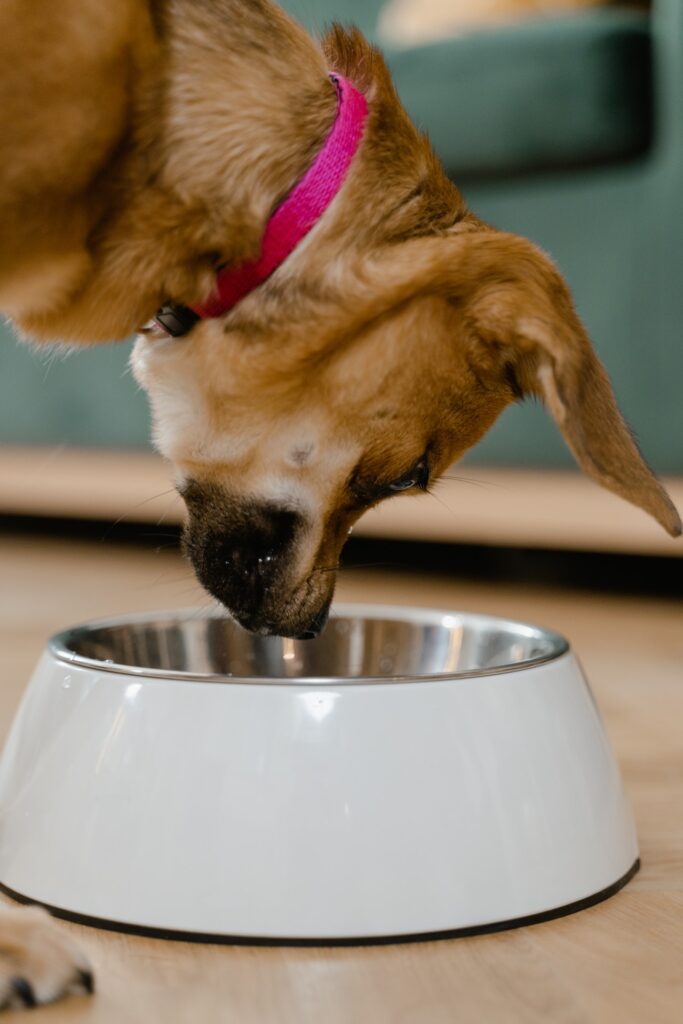
6 Tips on Understanding Hypoallergenic Pet food Labels
Some dogs and cats suffer from food allergies and need to be on a veterinary-prescribed hypoallergenic diet for life. But what should you look for when selecting such a diet.
Our guide is based on American products, so please be aware that tips can vary a bit when it comes to the pet food industry in Europe.
The Food Allergy & Intolerance Panel of the American Academy of Veterinary Dermatology offers these tips:
- Select a Hypoallergenic Product
First, select a product that says it’s “hypoallergenic.” Note that foods marked for other medical conditions (such as gastrointestinal upset) are not necessarily hypoallergenic.
Be aware that some products may claim to be “hypoallergenic,” but still contain ingredients known to cause allergic reactions in sensitive pets.
- Be Aware of Ingredients
Second, be aware of the ingredients and their order on the label. Ingredients are listed by volume, with the ingredient appearing most often at the top of the list and those used in smaller amounts further down the list (within each category – for example, water, chicken meal, and brewers rice).
- What to Avoid
Third, avoid foods that contain rendered or hydrolyzed ingredients such as meat-and-bone-meal or hydrolyzed poultry feathers unless they’re from named species (chicken, duck, etc.). Such meals may contain proteins that dogs and cats can’t digest well.
- Buying Tested Products
Fourth, select a product that has been tested to ensure it’s free of any ingredients known to cause allergic reactions in sensitive pets. Read labels carefully because some of these ingredients are unlikely to be listed. A product is free of any ingredients known to cause allergic reactions in sensitive pets if it contains no chicken, beef, or eggs (or labeled by-products of those foods).

Be aware that some companies use the same processing plant for many different brands and package types, so it’s possible that certain types of food would not meet this criterion even though they’re from the same company.
- Vet Recommendations
Fifth, understand your veterinarian’s recommendation regarding preservatives. Many veterinarians recommend that owners supplement their pet’s hypoallergenic food with additional vitamin C (e.g., ascorbic acid) because processed foods contain little or no vitamin C naturally. Some veterinarians also recommend adding taurine.
A separate veterinary prescription is required to purchase foods labeled as therapeutic or for life stages; they’re not available over the counter. However, these diets may cost less than those requiring a veterinary visit and exam.
Overall, your pet’s food should meet AAFCO (Association of American Feed Control Officials) standards and be recommended by your veterinarian. These guidelines help ensure that your pet’s food meets its nutritional needs and does not contain ingredients known to cause allergic reactions in some dogs or cats.
- Choose Hypoallergenic Meat Powder
Chicken meat powder is a powder-like substance made from chicken parts and by-products. Essentially, animal by-products are the leftovers after we remove what’s safe for human consumption–in other words, those bits of meat or seafood that end up in our garbage cans every day. There are hypoallergenic meat powders available.


You must be logged in to post a comment Login